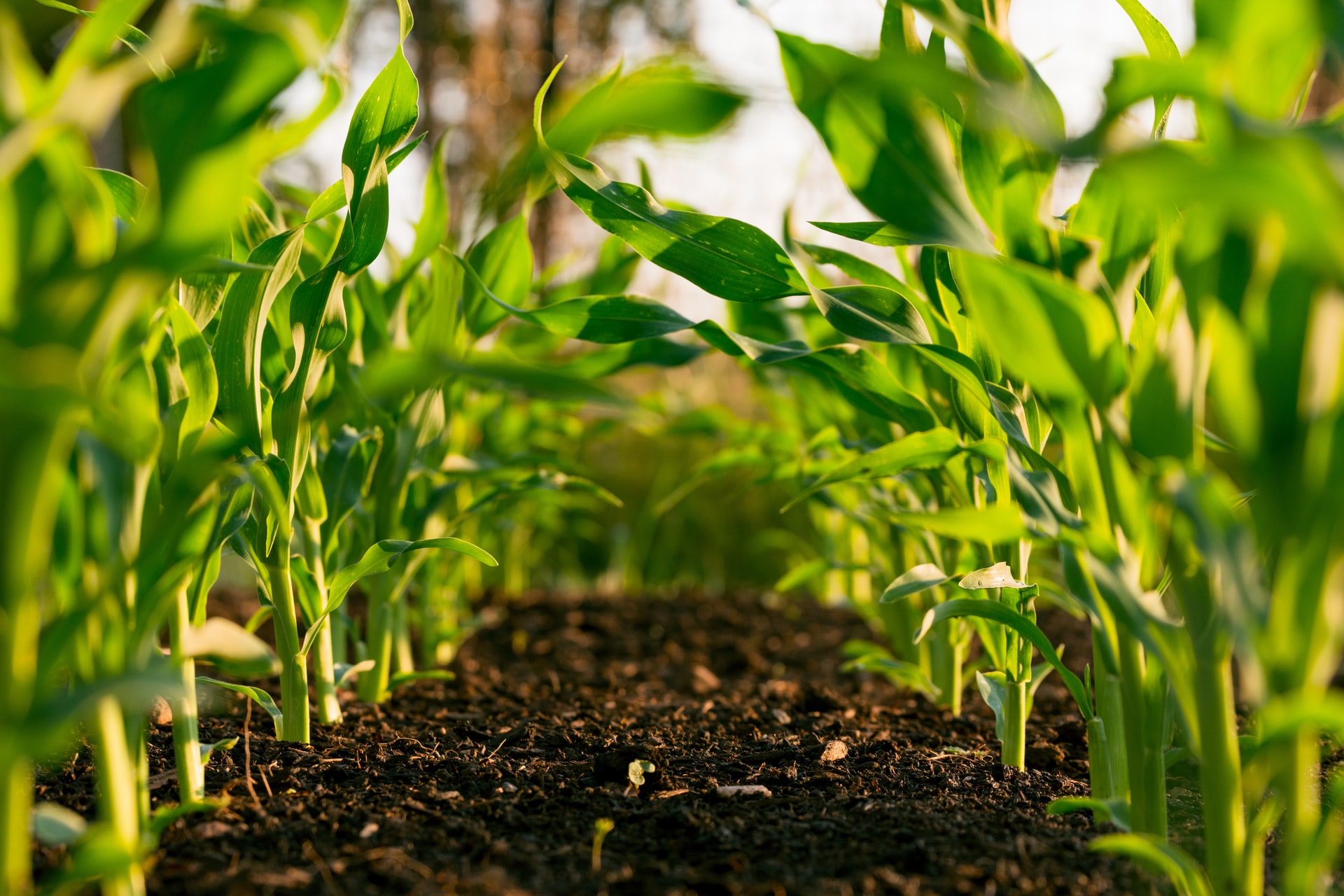Aug 16, 2022
Soil Health Institute recommends measurements for assessing soil health
The Soil Health Institute (SHI) announced its recommended measurements for assessing soil health. These recommendations answer the No. 1 question about soil health that farmers, ranchers and their advisers have been asking since the soil health movement began.
With support from the Foundation for Food & Agriculture Research, The Samuel Roberts Noble Foundation and General Mills, the Soil Health Institute led a 3-year, $6.5-million project to identify effective measurements for soil health across North America. SHI partnered with over 100 scientists at 124 long-term agricultural research sites in the U.S., Canada and Mexico where conventional management systems were compared with soil health-improving systems.

“This allowed us to evaluate over 30 soil health measurements at each site where they had the appropriate experimental design to allow us to come to the appropriate statistical conclusion about the effectiveness of each measurement,” said Dr. Wayne Honeycutt, president and CEO of the Soil Health Institute. “Evaluating each measurement across such a wide range of climates, soils, cropping systems and management practices also provided the scientific rigor we needed to identify which measurements could be widely used.”
The concept of soil health is basically about how well a soil is functioning. Such functions include cycling water, carbon and nutrients. Whether a heavy rain infiltrates into the soil or runs off the soil reflects how well that soil is functioning. Soil health can be improved through management, but farmers need practical, effective measurements for assessing the current status of their soil and evaluating progress at improving its health.
The Soil Health Institute found that many measurements are effective for assessing soil health from a research perspective.
“While this is good news for the science, we also wanted to identify a minimum suite of measurements that is practical and affordable for all land managers,” said Dr. Cristine Morgan, chief scientific officer of SHI, “so we also evaluated these measurements through the lens of cost, practicality, availability, redundancy, and other filters.”
Based on these results, SHI recommends a minimal suite of three measurements to be widely applied across North America (and likely beyond). Those measurements include: 1) soil organic carbon concentration, 2) carbon mineralization potential, and 3) aggregate stability.
Soil organic carbon is a key component of a soil’s organic matter that influences available water holding capacity, nutrients, biodiversity, structure, and other important soil properties. Carbon mineralization potential reflects the size and structure of microbial communities in soil, thereby influencing nutrient availability, soil aggregation, and resilience to changing climatic conditions. Aggregate stability describes how strongly soil particles group together. This influences whether a heavy rainfall will infiltrate into a soil or run off a landscape, taking with it valuable nutrients that become detrimental to water quality. Soil aggregates also influence erosion, aeration, root growth and, therefore, nutrient uptake by plants.
While these three metrics provide a minimum suite of widely applicable measurements for assessing soil health, additional measurements may be included depending on the landowner’s or researcher’s objectives. “We have found that adding soil texture to this list of measurements allows us to calculate a soil’s available water holding capacity,” said Dr. Dianna Bagnall, Research Soil scientist with SHI. “We can then show a farmer how much more water they can store by increasing their organic carbon and improving soil health.” Because management does not change soil texture (sand, silt and clay), it only needs to be measured once.
“Providing a scientifically rigorous, yet practical approach for assessing soil health should increase adoption of regenerative soil health systems because farmers and their advisers can now measure the impact of their management choices with confidence,” said Dr. LaKisha Odom, FFAR’s Scientific Program director for Soil Health.
To facilitate use of these measurements, details on SHI’s recommended protocols for sampling and analyzing soils are described on its website.






